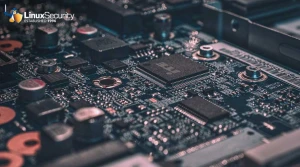What CIOs Need To Know About New Firewall Tech
Corporate IT managers face two contradictory demands when purchasing firewalls for the enterprise. On one hand, today's firewalls must serve as a tougher line of defense than their predecessors, more closely scrutinizing incoming traffic to filter out an increasing array of viruses and other security risks. On the other hand, these same firewalls must be porous, allowing a free flow of network traffic to and from employees who work outside the enterprise's physical perimeter, as well as from an increasingly Internet-enabled customer base.
Such an environment can be a breeding ground for confusion when it comes to making a firewall purchase decision. But armed with an understanding of firewall trends and key features, CIOs can determine which product is the right one for their specific enterprise.
The link for this article located at eCommerceTimes is no longer available.



![New Thunderbird, Firefox Vulns Threaten Sensitive Data, System Availability [Updated] 9.EmailServers Atsign Esm W300](/images/articles/900x500/9.EmailServers_atsign.jpg#joomlaImage://local-images/articles/900x500/9.EmailServers_atsign-esm-w300.jpg?width=900&height=500)




















